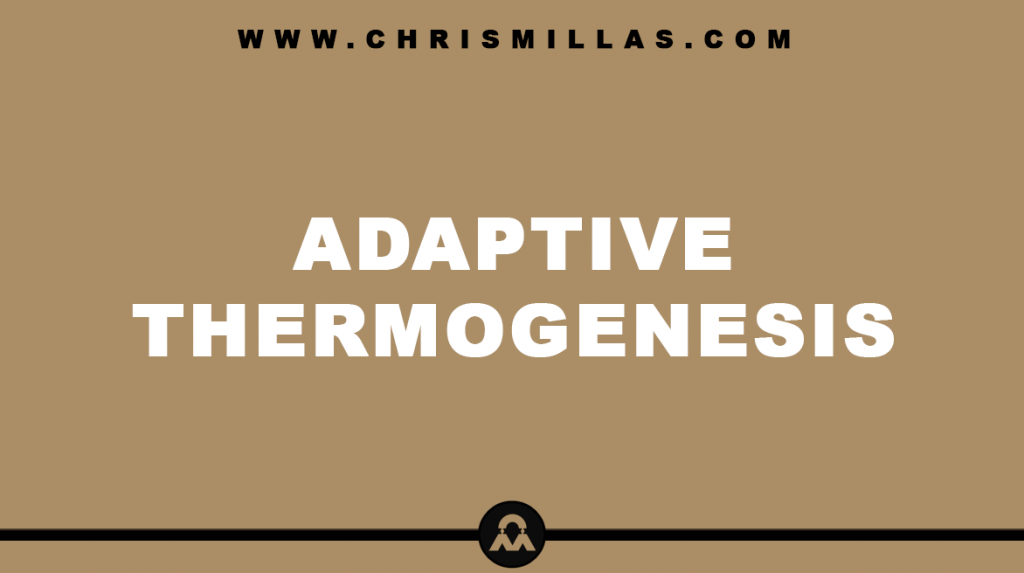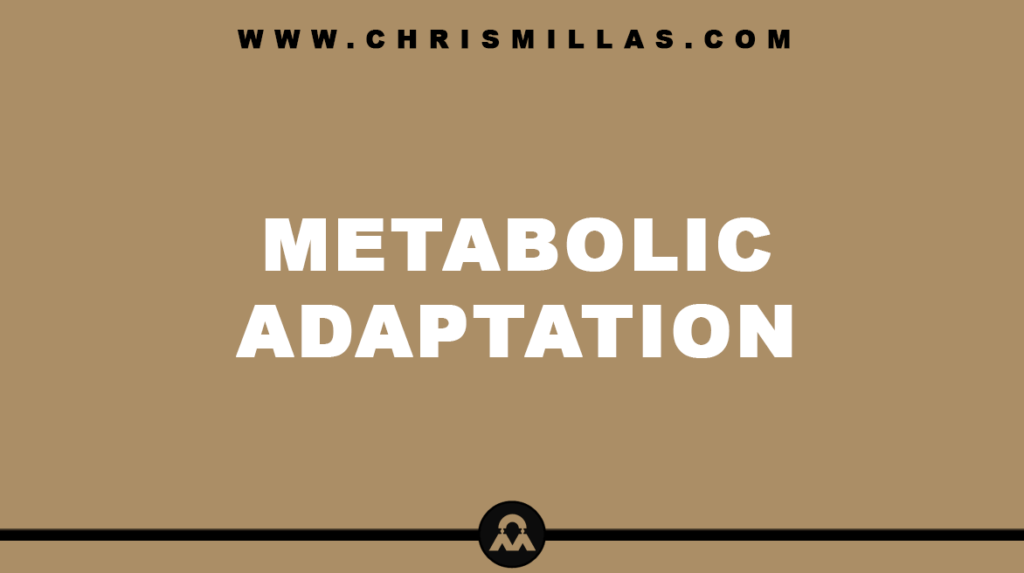In this post, we’ll unpack all you need to know about Adaptive Thermogenesis, defining exactly what it is, the science behind how it works, how to overcome it and more.
What Is Adaptive Thermogenesis?
Adaptive Thermogenesis (AT) refers to the body’s regulated production of heat in response to environmental changes in temperature and diet.
In other words, it is the decrease in the number of calories your body burns each day beyond what would be predicted to occur from the loss of body weight alone.
In a study conducted by the National Library of Medicine, evidence showed that people who are actively attempting to lose weight will have their efforts slowed down, stopped and even reversed as a result of AT.
The Science Behind Adaptive Thermogenesis?
Your body is constantly attempting to maintain a state of balance to ensure it has enough energy to complete the processes necessary to keep us alive ― a process known as homeostasis.
To maintain homeostasis, it responds to changes in energy balance by speeding up your metabolism when we increase calorie intake and by slowing down metabolism when we decrease calorie intake.
AT refers to the slowing down of metabolism that is greater than expected based on lean body mass. During this process, your body releases various hormones and increases food cravings to encourage you to consume more calories.
How To Overcome Adaptive Thermogenesis
Overcoming Adaptive Thermogenesis is key to maintaining continued fat loss. Fortunately, there are a number of strategies that we can leverage as a way to achieve this goal.
Strategies for overcoming AT include avoiding weight-loss cycling, maintaining a reasonable (no extreme) calorie deficit and incorporating refeeds into one’s training program.
Studies show that intermittent dieting can not only encourage to get fat off, but it can also help individuals keep fat off.
Summary
Adaptive Thermogenesis is a protective mechanism that alters the body’s metabolism to increase energy intake and decrease energy expenditure in order to slow weight loss.
Strategies for overcoming AT include avoiding weight-loss cycling, maintaining an appropriate calorie deficit and integrating refeeds into one’s training program.







